The oeuvre of this English artist of the 19th century is arguably one of the most amazing collections of landscape paintings you’ll ever come across.
John Constable (1776-1837) was born and raised in Suffolk and started depicting his native region from an early age.
It developed into an obsession to become the most revered landscape artist in history. He struggled financially for many years but eventually managed to make a living from his work.
Although he never really managed to achieve his greatest goal during his lifetime, he’s definitely considered to be among the greatest artists in this genre today.
In this article, you’ll discover some of the most interesting facts about The Hay Wain, one of Constable’s most celebrated paintings.
1. It was completed shortly after Constable sold his first major painting
John Constable was the son of a rich corn merchant from East Bergholt, a small village on the border of Suffolk and Essex in East England.
His father owned Flatford Mill and owned a ship that he used to transport goods to London via the River Stour.
This rural landscape was where John grew up and he started drawing his surroundings from a young age.
He moved to London in the late 18th century to study art and decided he wanted to become a professional landscape painter in 1802.

Landscape paintings weren’t held in high regard at the time and he struggle to make a living for many years. He didn’t sell his first major work until 1819, three years after he got married.
He painted The Hay Wain in 1821 and it’s considered to be one of the most famous works in his oeuvre.

2. It depicts the area right near where John Constable grew up
Flatford Mill, Constable’s childhood home, isn’t depicted in this painting but it’s actually located right behind the viewing point in this magnificent work of art.
We see three horses that are pulling a cart across the River Stour. This river forms the boundary between Suffolk and Essex which means that the landscape on the left is actually in Essex.
The entire region of Dedham Vale is now referred to as “Constable Country,” a reference to the many paintings that the artist painted of his home region.
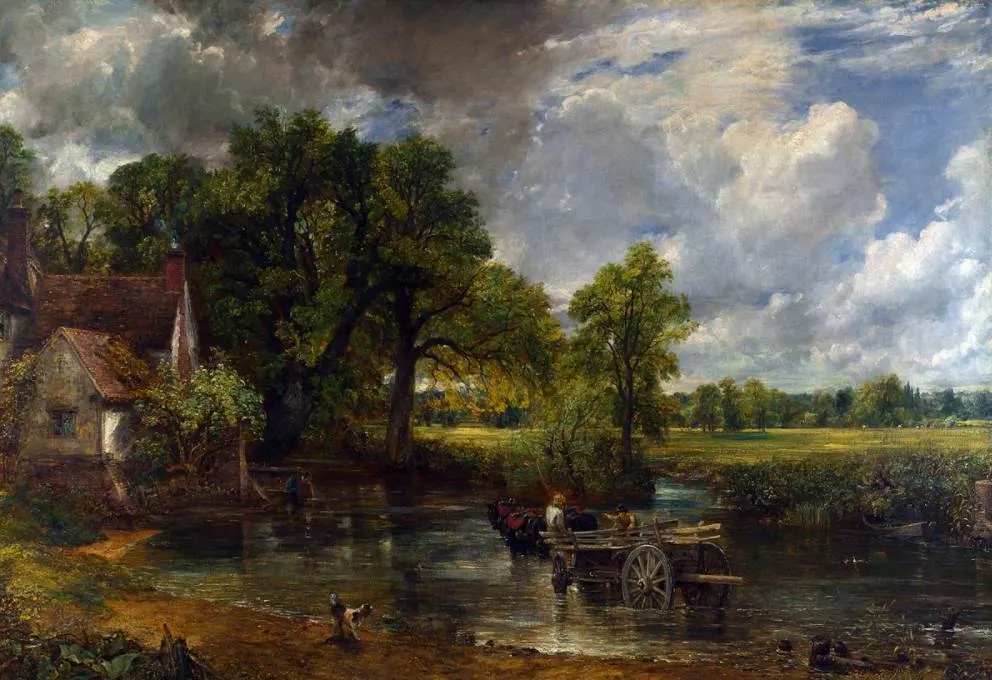
3. The cottage on the left was of the artist’s neighbor
The left side of the painting is dominated by a cottage that is known as “Willy Lott’s Cottage,” a reference to the owner William Lott (1761–1849).
He was a tenant farmer and the neighbor of the Constables. According to a local legend, he only left his cottage for 4 nights during his whole long life.
Both Flatfrord Mill and Willy Lot’s Cottage are Grade I listed buildings and are owned and managed by the National Trust.
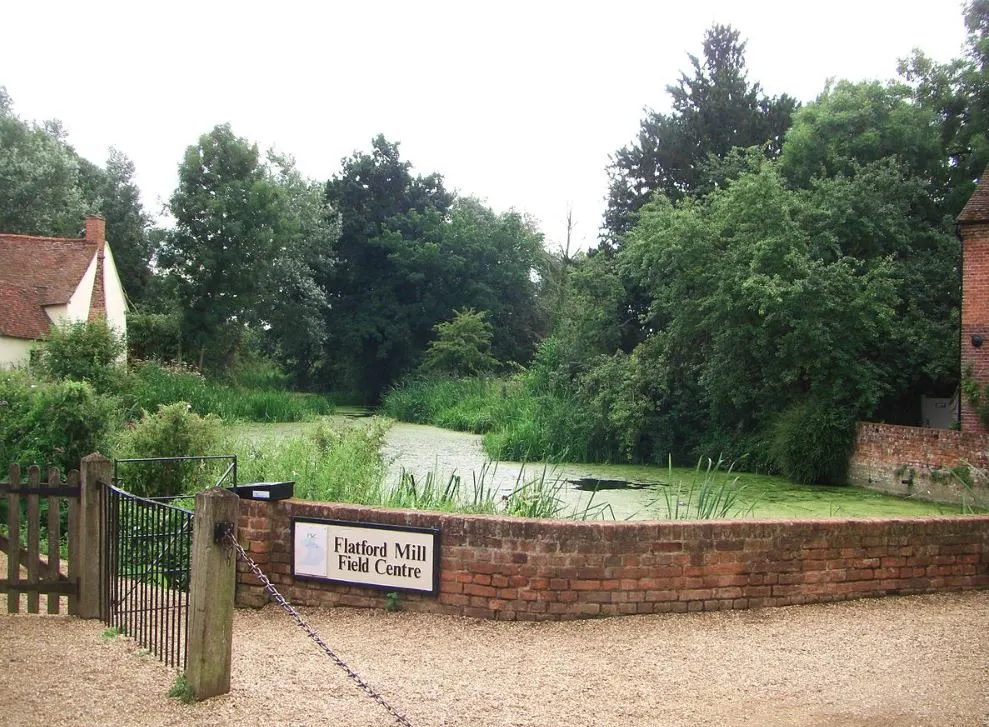
4. Willy Lott’s Cottage still stands today and was hardly altered for 200 years
None of the trees in the painting still stand here, but the cottage hasn’t moved. Better yet, it has remained exactly the same for about 200 years since the painting was completed.
This structure has a history that goes back to the 16th century and it was restored during the 1920s, a period when people became nostalgic for Constable’s paintings.
This same sense of nostalgia for a simpler life was the main motivation for the English painter to depict his native area.
This is the place he loved, far away from the crowded streets of London where he spent significant amounts of time as well.
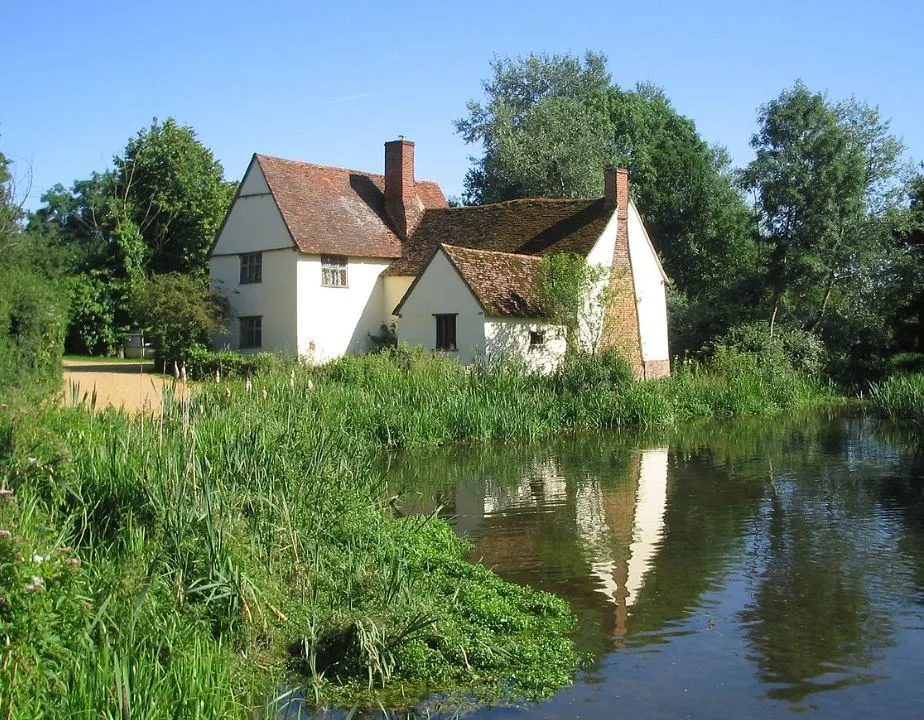
5. The painting was celebrated by a famous French artist when it was first displayed
John Constable started submitting his paintings to the Royal Academy the moment he dedicated himself to his art.
He didn’t manage to get much success until 1819 and although The Hay Wain didn’t sell during the exhibition in 1821, it did attract many influential eyeballs.
French artist Théodore Géricault (1798-1824) saw the painting in London and was so thrilled about it that influenced the final years of his career.
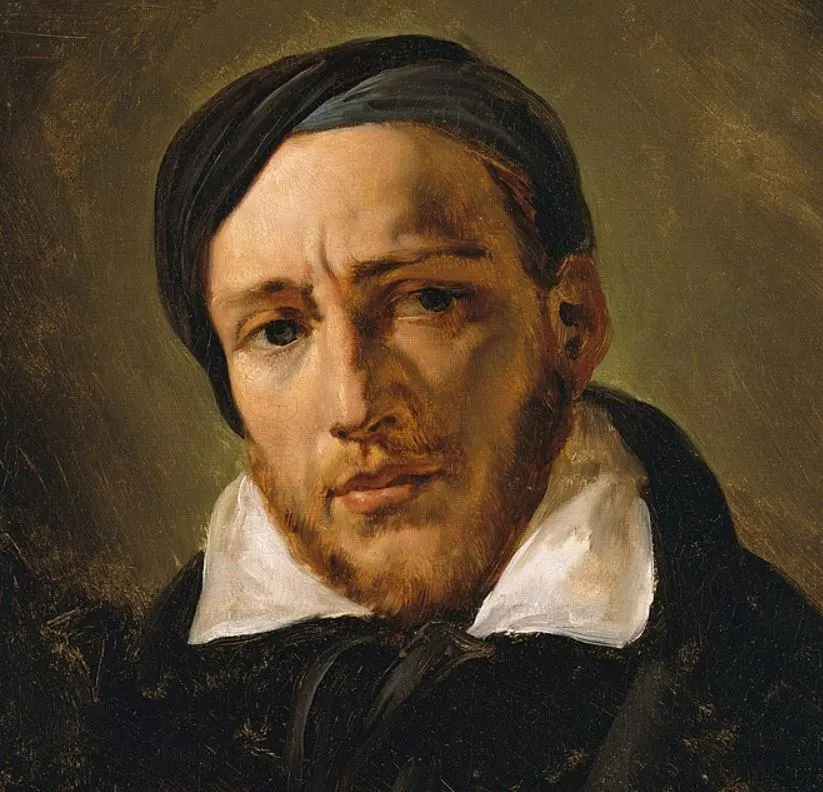
The first large painting he completed was titled “The White Horse” and it was this work that he managed to sell for a substantial amount of 100 guineas.
This was the first in a series of so-called “Six-Footers,” paintings that were substantially bigger than the ones he was struggling to sell for many years.
He not only managed to sell this work but was also elected as a member of the Royal Academy that year.

7. It was sold when it was displayed at the Paris Salon of 1824
Despite this initial success, landscape painting was still held in rather low regard in England. He only sold 20 paintings in his home country in his entire career.
This gradually changed in France, though, where his work was exhibited at the Paris Salon of 1824.
Surely, Théodore Géricault’s excitement had something to do with this because the French artist passed away in the same year.
Not only did he sell The Hay Wain along with two other paintings, but he also received a gold medal awarded by Charles X of France at this prestigious event in Paris.

8. It was once voted the second-most popular painting in Great Britain
The location of the painting along with Flatford Mill and Willy Lott’s cottage are now popular tourist attractions in the heart of Constable Country.
It’s one of the best-known paintings in English history and depicts the typical rural English landscape that evokes a sense of nostalgia for the past.
A poll organized by BBC Radio 4’s “Today” program in 2005 saw it voted the second-most popular painting in any museum in Great Britain.
Only “The Fighting Temeraire,” one of J.M.W. Turner’s masterpieces, was ranked higher.
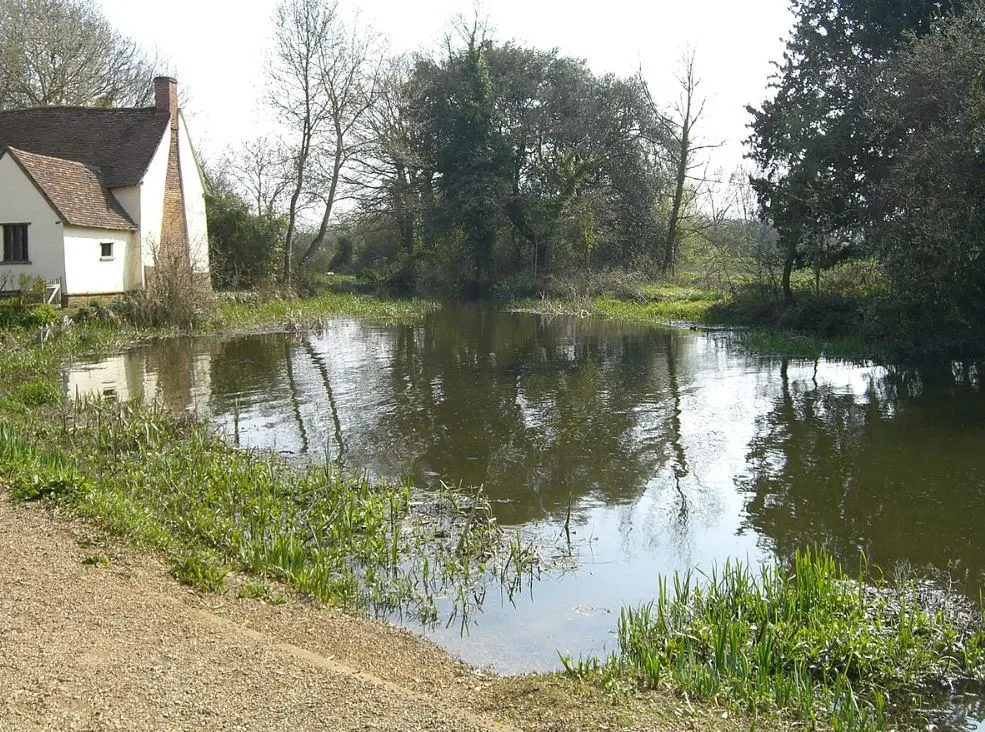
9. How big is The Hay Wain by John Constable?
As the name “Six-Footer” already suggests, this is one of the largest paintings that the English landscape painter ever completed.
The Hay Wain by John Constable is an oil on canvas painting that has dimensions of 130.2 × 185.4 centimeters (51.25 × 73 inches).
10. Where is Constable’s masterpiece located today?
What’s remarkable about the Hay Wain is that this wasn’t the title that Constable gave to the work when he first exhibited it. he simply referred to it as “Landscape: Noon.”
The painting sold when it was exhibited in Paris in 1824 together with “View on the Stour near Dedham” and a small work titled “Yarmouth Jetty” for £250. They were bought by an Anglo-French art dealer named John Arrowsmith.
The painting was brought back to England by another art dealer named D. T. White. After changing hands a couple more times, it was acquired by the National Gallery in London in 1886.
Today, it’s still part of the amazing collection of the National Gallery and one of the museum’s most fascinating attractions.

